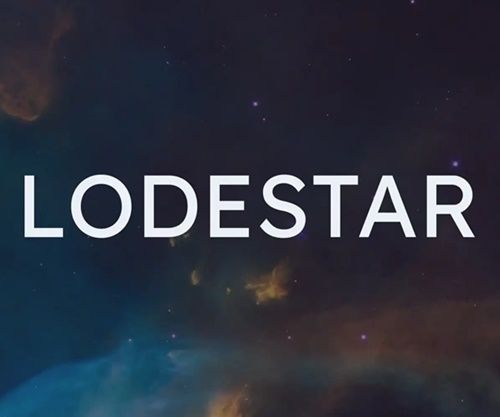Lodestar Finance, introduction. Discover the objectives and characteristics of this ecosystem as well as its official website.

Lodestar Finance is an algorithmic borrowing and lending protocol initially built and launched on the Arbitrum network. This ecosystem aims to bring the critical DeFi primitive of decentralized money markets to Arbitrum communities. Lodestar Finance will launch with support for the $Magic and $DPX tokens, which are two of the strongest Arbitrum communities that currently have no access to these services.
The initial release will also include support for $BTC, $ETH, $USDC, $USDT, $MIM, and $SPELL. $GMX is another strong Arbitrum community that we are looking to incorporate; however, we are waiting for a ChainLink oracle before we commit to including $GMX as a supported asset.
Lodestar Finance – features:
Lodestar will bring the core features of DeFi borrowing and lending to Arbitrum. In this section, we will discuss some of the features Lodestar offers and why one might want to use the platform. The first feature is the ability to deposit crypto assets and earn interest on them by lending them to your peers. You can choose to collateralize your deposit if you want, which enables the ability to borrow crypto assets. Borrowing assets presents liquidation risk should the value of a user’s collateral fall below the required limit. The ability to borrow assets enables users to access liquidity without creating a taxable event.
Additionally, borrowing assets also creates the ability to perform two common financial strategies: leveraged long and short positions. An example of a leveraged long position would be depositing $ETH, borrowing $USDC and then trading it for $MAGIC, anticipating the price to rise. Conversely, a short position would entail borrowing $MAGIC and selling it for $USDC anticipating the price to fall and buying $MAGIC back at a lower price to close the position.
The Goals:
The mission of Lodestar Finance is to bring decentralized lending services to blossoming crypto communities and create new value for token holders, DAOs and users in those communities. One of the ways we aim to approach this in our road map is to create the ability to collateralize liquid staked assets like $drMAGIC and $plsDPX.
Holders will be able to earn emissions on their tokens while also participating in Lodestar money markets. Portions of the emissions can be directed towards depositors of desirable assets to provide an incentive for deep liquidity.
As the Arbitrum ecosystem continues to develop, we will be on the lookout for more communities to partner with and create value for layer 2 native communities that need access to critical DeFi infrastructure.
How it works:
When you deposit your tokens into Lodestar Finance you receive a derivative representing your underlying deposit. For example, when you deposit USDC, you will receive the corresponding amount of l-USDC. The exchange rate for l-USDC/USDC is perpetually increasing at a rate equal to the supply interest rate of the underlying asset. If USDC suppliers are earning 2% APR, then the exchange rate for l-USDC/USDC is also increasing at 2% annually. When the user withdraws their tokens from the platform, they are simply exchanging their l-USDC back for USDC. As a result of the increasing exchange rate, they will receive more USDC than they initially deposited: the principal plus accrued interest.
Interest rates are determined by a “jump-rate” model. The key variable in determining the interest rate is the utilization ratio of the market. The utilization ratio is defined as the amount of an asset lent out divided by the total amount of deposits. For example, if 1000 $USDC was deposited into the market and 420 $USDC was lent out, the utilization ratio would be 42%. The borrow rate increases linearly with utilization ratio. From 0–80% the rate rises slowly. Once the market reaches 80% utilization, the interest rates jump significantly higher to incentivize the repayment of borrowed assets to maintain sufficient liquidity in the market. To achieve this, the borrow rate rises rapidly between utilization ratios of 80 to 100%. Supply rates are calculated from the borrow rate. Interest paid by borrowers is used to pay yield to suppliers.